A total of 75 solar parks from 9 federal states were included in the study by the German Association of the New Energy Economy (bne).
For some parks, in-depth studies were even available on the before and after condition, so that meaningful conclusions could be drawn.
In short: solar parks increase biodiversity
Protecting the climate and promoting biodiversity at the same time is possible with solar parks. One of the main reasons for the sometimes species- and individual-rich colonization of solar parks with species from different animal groups is the permanent extensive use or maintenance of the grassland in the spaces between rows.
Solar parks can promote biodiversity compared to the surrounding landscape. This has been proven by the available documentation for butterflies, grasshoppers and breeding birds. Sheep are also successfully used to maintain the solar park modules to keep them free of shade. Sheep also contribute to the spread of seeds and animals that are transported in the animals’ fur.
With appropriate maintenance, photovoltaic systems in the agricultural landscape create flowering horizons and are therefore often a source of food for nectar-seeking insects that cannot find food in the agricultural environment. This makes them refuges for species in the agricultural landscape.
Photovoltaic systems can have an impact on the surrounding area beyond the system itself. This is the case, for example, if the systems are used by breeding bird species in the neighboring areas for foraging.
Solar parks are therefore ideally suited to promoting biodiversity.
Sites on which photovoltaic systems are installed generally achieve a higher level of diversity than before. An essential prerequisite for an increase in biodiversity is the design of the systems (wide spaces between rows of modules are intensively colonized, e.g. by sand lizards, narrow rows of modules sometimes remain uncolonized) and the maintenance of the spaces between rows (extensive grassland use with removal of the mowed material)
Photovoltaic systems that are erected on converted areas, for example, can help to permanently preserve open habitat structures (e.g. sandy open soil areas). This can counteract the trend that the succession of vegetation on fallow land leads to a closed ruderal vegetation cover or to reforestation. One example of this is the establishment of hoopoes in the vicinity of the rows of modules at the Turnow-Preilack solar park in Brandenburg.
In the agricultural sector, solar parks are largely free of fertilizers and pesticides. This means that – in view of current studies on insect mortality and the Federal Insect Protection Action Program adopted in September 2019 – large-scale installations in intensively farmed areas can significantly counteract this. Photovoltaic systems in agricultural areas are refuges for animals in the agricultural landscape, such as birds, mammals and various groups of insects.
Photovoltaic systems are generally suitable for extensive agricultural use: Beekeeping, grazing, cultivation of crops by market gardens. Such uses can also promote diversity. In arid regions of Arizona, for example, the total yield of certain vegetables (chili, tomatoes) grown under solar modules was up to three times higher than in open field cultivation due to the lower temperature fluctuations and higher humidity.
The evaluation of the documents also shows a possible trend in the difference in the importance of small installations compared to large-scale installations: While smaller installations act as stepping stone biotopes and can thus maintain or restore habitat corridors, large installations – with appropriate maintenance – can form sufficiently large habitats that enable the maintenance or establishment of populations, e.g. of sand lizards or breeding birds.
Photo: “Solar panels with sheep” – @shutterstock | thka




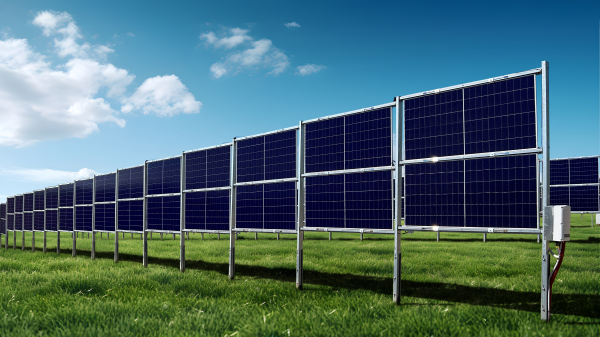





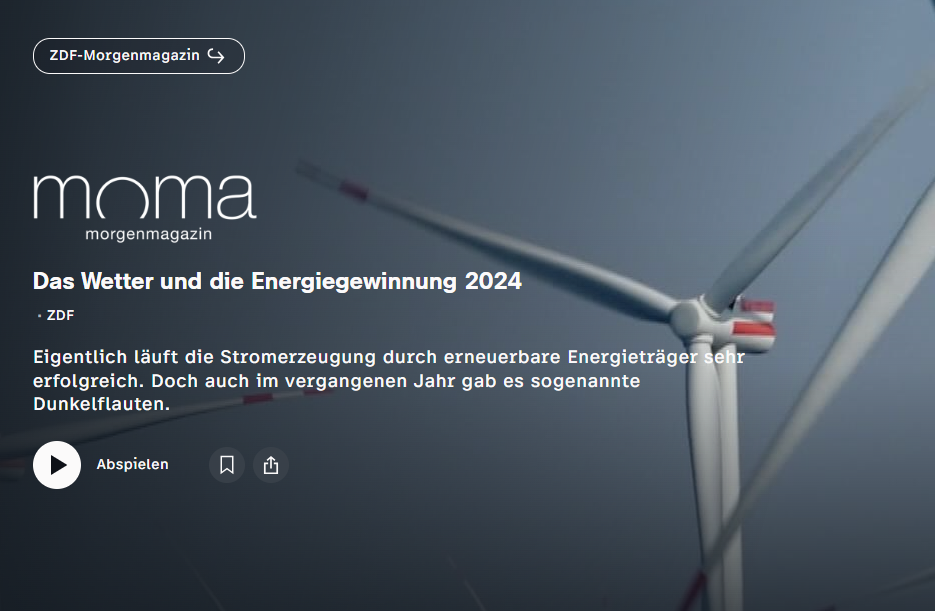
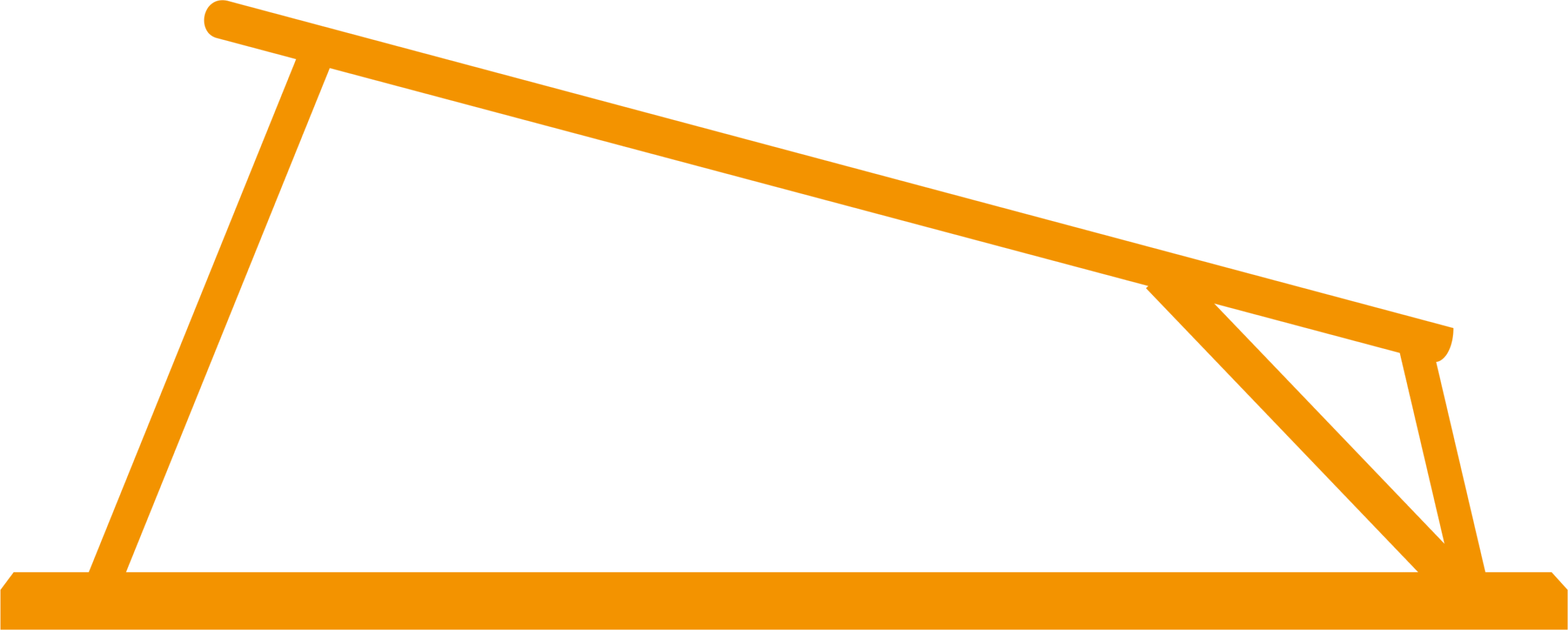
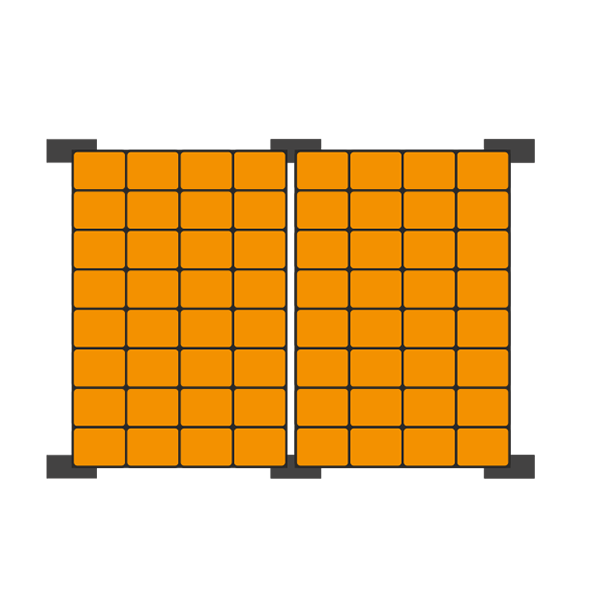



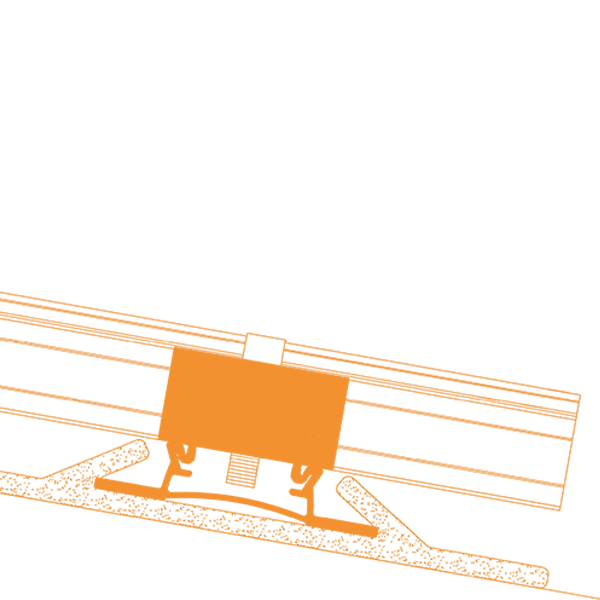


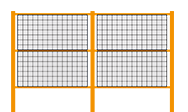


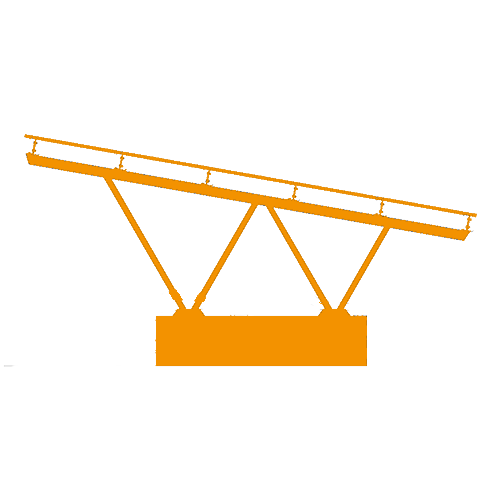

0 Comments